The Huawei Mate 40 Pro Plus stands as one of the most ambitious smartphones released by the Chinese tech giant, showcasing cutting-edge hardware and a design that pushes boundaries. As Huawei’s flagship offering, it represents the pinnacle of the company’s engineering prowess, despite the ongoing challenges posed by U.S. sanctions. This review dives deep into what makes the Mate 40 Pro Plus a compelling device, examining its design, display, performance, camera capabilities, and software experience.
Design and Build Quality
From the moment you hold the Mate 40 Pro Plus, it’s clear that Huawei has prioritized premium craftsmanship. The phone features a sleek, curved glass back that seamlessly blends into the aluminum frame, offering both elegance and durability. The circular camera module, dubbed the "Space Ring" design, is instantly recognizable and gives the device a distinctive look. The model I tested came in a striking ceramic white finish, which not only feels luxurious but also resists fingerprints better than glossy glass alternatives. Weighing in at 230 grams, the phone has a substantial heft, reinforcing its premium feel. The IP68 rating ensures protection against dust and water, making it a reliable companion in various environments.
Display
The Mate 40 Pro Plus boasts a 6.76-inch OLED display with a resolution of 2772 x 1344 pixels, resulting in a pixel density of around 456 PPI. The screen supports a 90Hz refresh rate, which strikes a balance between smooth scrolling and battery efficiency. Colors are vibrant yet accurate, thanks to the wide DCI-P3 color gamut coverage, and the panel gets impressively bright, making it usable even under direct sunlight. The curved edges are more pronounced than on many competitors, which can occasionally lead to accidental touches, but they contribute to the phone’s immersive viewing experience. HDR10+ support ensures high dynamic range content looks stunning, whether you’re streaming movies or editing photos.
Performance and Hardware
Under the hood, the Mate 40 Pro Plus is powered by Huawei’s in-house Kirin 9000 5G chipset, built on a 5nm process. This SoC delivers flagship-level performance, competing with the likes of the Snapdragon 888 and Apple’s A14 Bionic. Multitasking is a breeze, and graphically intensive games run without a hitch. The phone comes with 12GB of RAM and 256GB of storage, though there’s no expandable storage option. One notable omission is 5G support in some markets due to chipset restrictions, but where available, connectivity is fast and reliable. The device also features Huawei’s advanced heat dissipation system, which keeps temperatures in check during prolonged gaming sessions.
Camera System
Photography is where the Mate 40 Pro Plus truly shines. The rear camera setup includes a 50MP Ultra Vision main sensor with an f/1.9 aperture, a 12MP periscope telephoto lens with 10x optical zoom, an 8MP superzoom lens with 3x optical zoom, a 20MP ultra-wide-angle lens, and a TOF 3D depth sensor. This versatile array allows for stunning shots in almost any scenario. The periscope lens, in particular, is impressive, delivering sharp images even at extreme zoom levels. Low-light performance is exceptional, thanks to Huawei’s Night Mode algorithms and the large sensor size. The front-facing 13MP camera, coupled with a depth sensor, produces detailed selfies and supports accurate facial recognition for unlocking the device.
Battery Life and Charging
With a 4,400mAh battery, the Mate 40 Pro Plus comfortably lasts a full day of heavy use. Huawei’s power optimization ensures that even with the high-refresh-rate display and 5G connectivity, battery drain is kept in check. The phone supports 66W wired fast charging, which can top up the battery from 0 to 100% in just under 50 minutes. Wireless charging is equally impressive at 50W, though you’ll need Huawei’s proprietary charger to hit those speeds. Reverse wireless charging is also available, allowing you to power up other devices like earbuds or smartwatches on the go.
Software and Ecosystem
The Mate 40 Pro Plus runs on EMUI 11, based on Android 10, but without Google Mobile Services due to U.S. restrictions. Instead, Huawei offers its own AppGallery and HMS (Huawei Mobile Services) as alternatives. While the AppGallery has grown significantly, some popular apps are still missing, requiring users to rely on third-party solutions like Aurora Store or manual APK installations. EMUI itself is feature-rich, with useful additions like multi-window support, advanced privacy controls, and customizable always-on display options. The lack of Google services remains a significant drawback for users deeply integrated into Google’s ecosystem, but Huawei is making strides in building its own.
Detailed Specifications
Dimensions: 162.9 x 75.5 x 8.8 mm
Weight: 230 grams
Display: 6.76-inch OLED, 2772 x 1344 pixels, 90Hz refresh rate, HDR10+
Chipset: Kirin 9000 5G (5nm)
RAM: 12GB
Storage: 256GB (non-expandable)
Rear Cameras: 50MP main (f/1.9), 12MP periscope telephoto (10x optical zoom), 8MP superzoom (3x optical zoom), 20MP ultra-wide, TOF 3D
Front Camera: 13MP (f/2.4) + depth sensor
Battery: 4,400mAh, 66W wired charging, 50W wireless charging
OS: EMUI 11 (based on Android 10)
Connectivity: 5G (region-dependent), Wi-Fi 6, Bluetooth 5.2, NFC
Other Features: IP68 rating, in-display fingerprint sensor, facial recognition, stereo speakers
Final Thoughts
The Huawei Mate 40 Pro Plus is a technological marvel, packing top-tier hardware, a stunning display, and one of the best camera systems on the market. Its design exudes premium quality, and the Kirin 9000 chipset ensures smooth performance across all tasks. However, the absence of Google services remains a major hurdle for many potential buyers outside China. If you’re willing to navigate Huawei’s ecosystem or rely on workarounds, the Mate 40 Pro Plus is a powerhouse that competes with the best from Apple and Samsung. It’s a testament to Huawei’s resilience and innovation in the face of adversity, making it a standout choice for tech enthusiasts who prioritize hardware excellence.

By /Jun 4, 2025

By /Jun 4, 2025

By /Jun 4, 2025

By /Jun 4, 2025

By /Jun 4, 2025

By /Jun 4, 2025
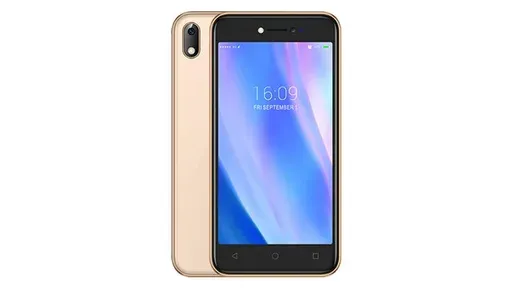
By /Jun 4, 2025
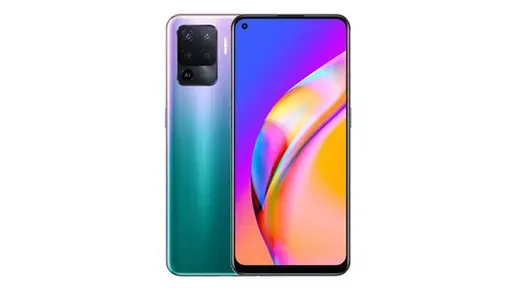
By /Jun 4, 2025

By /Jun 4, 2025
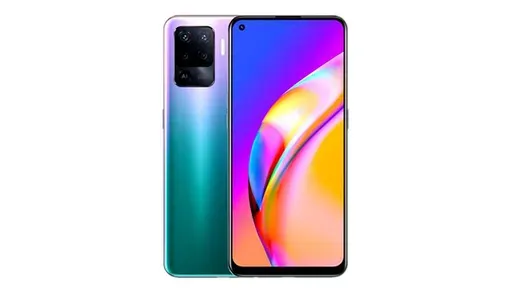
By /Jun 4, 2025
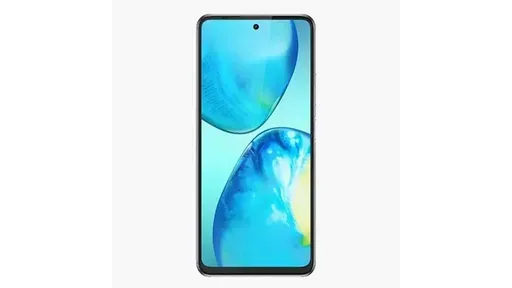
By /Jun 4, 2025

By /Jun 4, 2025

By /Jun 4, 2025

By /Jun 4, 2025
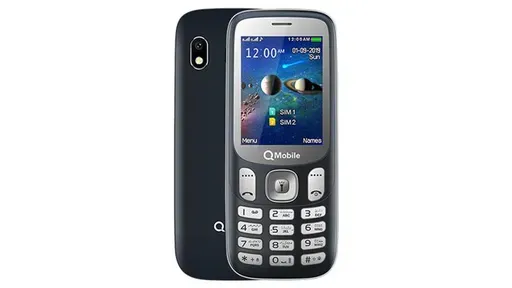
By /Jun 4, 2025

By /Jun 4, 2025

By /Jun 4, 2025
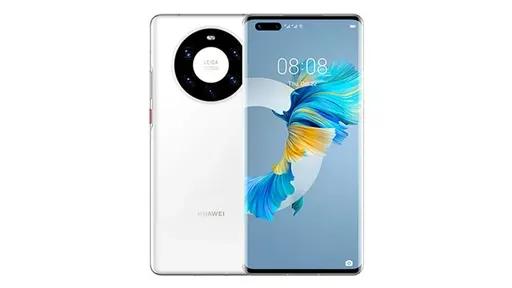
By /Jun 4, 2025

By /Jun 4, 2025

By /Jun 4, 2025
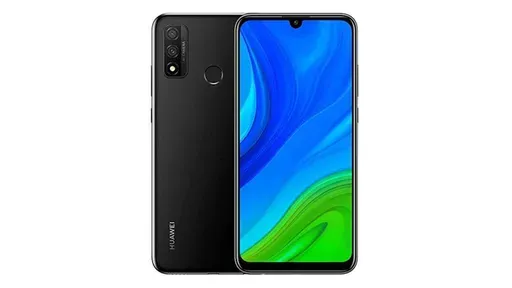
By /Jun 4, 2025

By /Jun 4, 2025

By /Jun 4, 2025

By /Jun 4, 2025

By /Jun 4, 2025

By /Jun 4, 2025
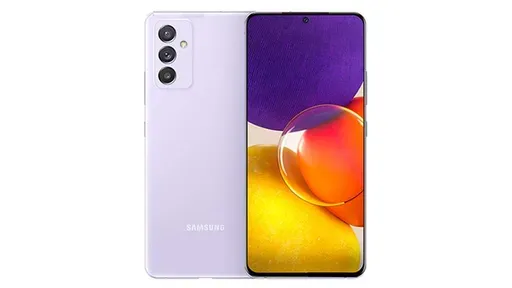
By /Jun 4, 2025

By /Jun 4, 2025

By /Jun 4, 2025
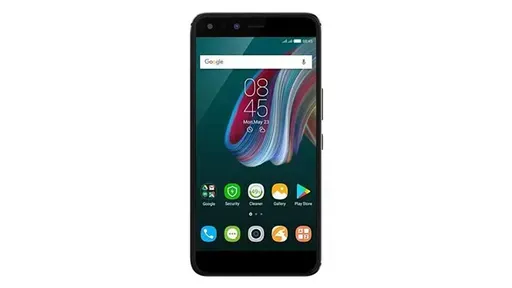
By /Jun 4, 2025
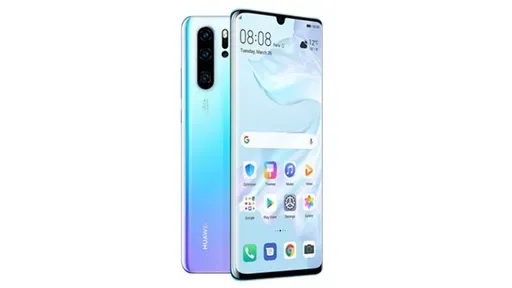
By /Jun 4, 2025

By /Jun 4, 2025

By /Jun 4, 2025

By /Jun 4, 2025

By /Jun 4, 2025